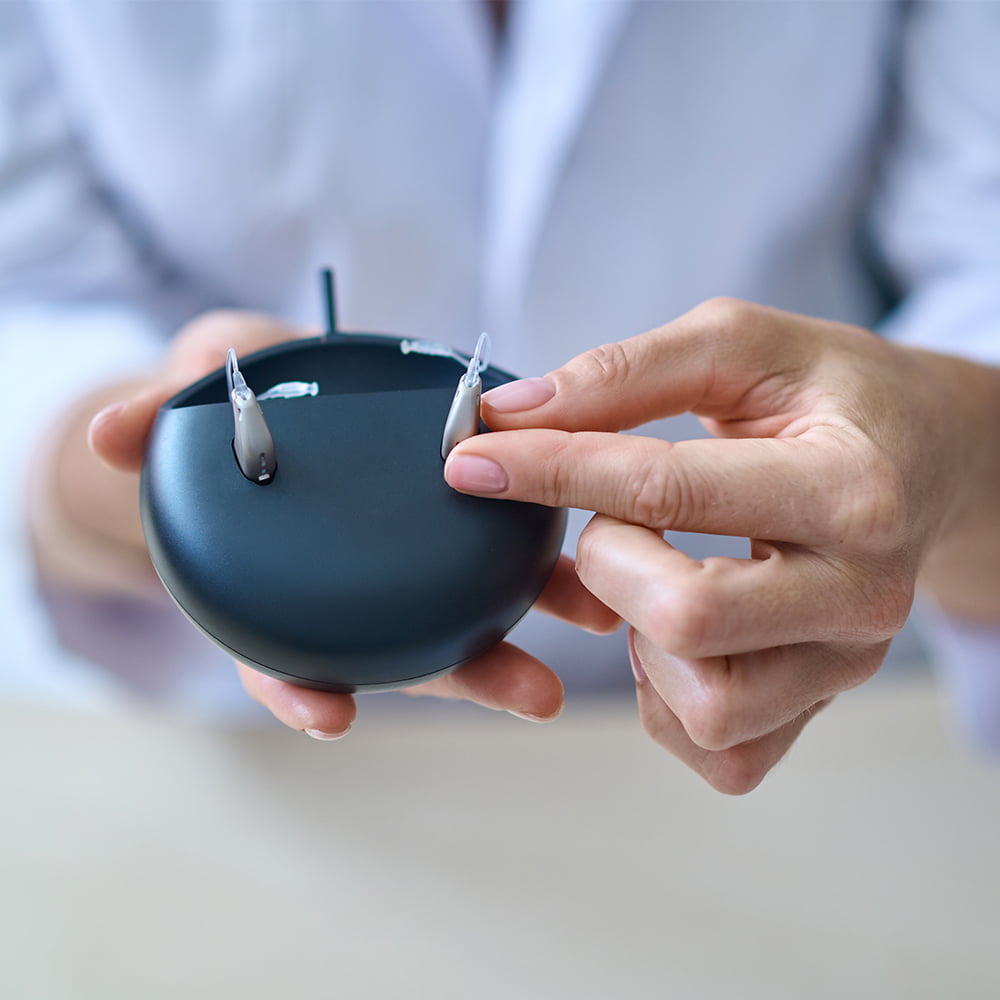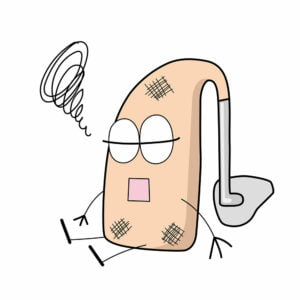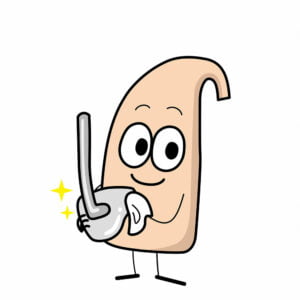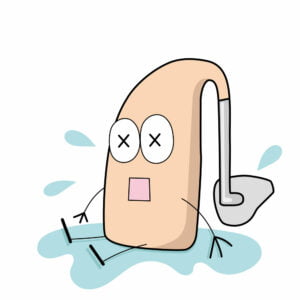Popular Posts
Top 21 Hearing Aid Batteries Questions – Solved!
July 23, 2024
Best Hearing Aid TV Streamers to Buy in 2024
June 28, 2024
Update: Please note that during the festive period, delivery times may be slightly longer than usual due to seasonal demand.
Thank you for your patience and understanding.

Rechargeable hearing aids make your day-to-day life easier and help you connect to the world and your loved ones through sound. However, they are fine-tuned pieces of technology, and their proper function can be compromised by various factors. This is why it’s important that you learn to maintain and use them properly.
This week, we’ve prepared some simple tips for you to help you ensure you get the most out of your rechargeable hearing aids:
Make sure to charge your rechargeable hearing aids every day. You can either do this during periods of time throughout the day when you’re not using the devices, or at night. Try not to let the batteries run out of power completely, as they will take longer to charge back up if you do.

If your batteries are running low on power or your rechargeable hearing aids have turned off, do not try and get more use out of them by opening and closing the battery door! This can have an adverse effect on battery performance. Instead, either place the devices in their charger, or use disposable batteries and make sure to keep the rechargeable ones safe until you can charge them back up.
If for any reason your hearing aid batteries aren’t going to be used for an extended period of time (more than two weeks), make sure to take them out of the hearing aids. Ensure to store them somewhere safe where they won’t touch each other, e.g., a container with two separate sections. If you leave them inside the aids and simply leave the battery door open, this could damage the batteries.

One of the most effective ways to prolong the life of your rechargeable hearing aids is to make sure to clean them regularly, like every day before going to bed, for example. Your cleaning routine should include:
Your charger should be cleaned regularly using either a brush, or a soft, dry tissue. This will help you remove any dust and debris and clean the device’s contacts. Keep in mind that you shouldn’t use any sterilizer, rubbing alcohol, or any other type of liquid.

Using a dry aid container or an electronic drying unit is a great way to protect your devices from moisture. Don’t forget to remove the rechargeable batteries before placing the hearing aids inside!
Despite being an important part of the way our ears function and self-clean, earwax can cause various issues for your aids. In fact, it is the number one cause for hearing aids repairs. To prevent earwax build-up, gently wipe your hearing aids daily while being careful not to damage their microphones.
Hearing aids are fine-tuned pieces of technology that are sensitive to physical damage. To keep them safe, it is a good idea to invest in a quality storage case. In addition to protecting them in case they are dropped or knocked, it will also help you easily and conveniently carry them with you wherever you go.
We at Hearing Aid Accessory offer a wide range of equipment to help you make the most of your hearing aids, including chargers, storage cases, drying boxes, and a variety of cleaning products. Click the button below to browse our shop!